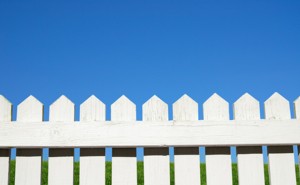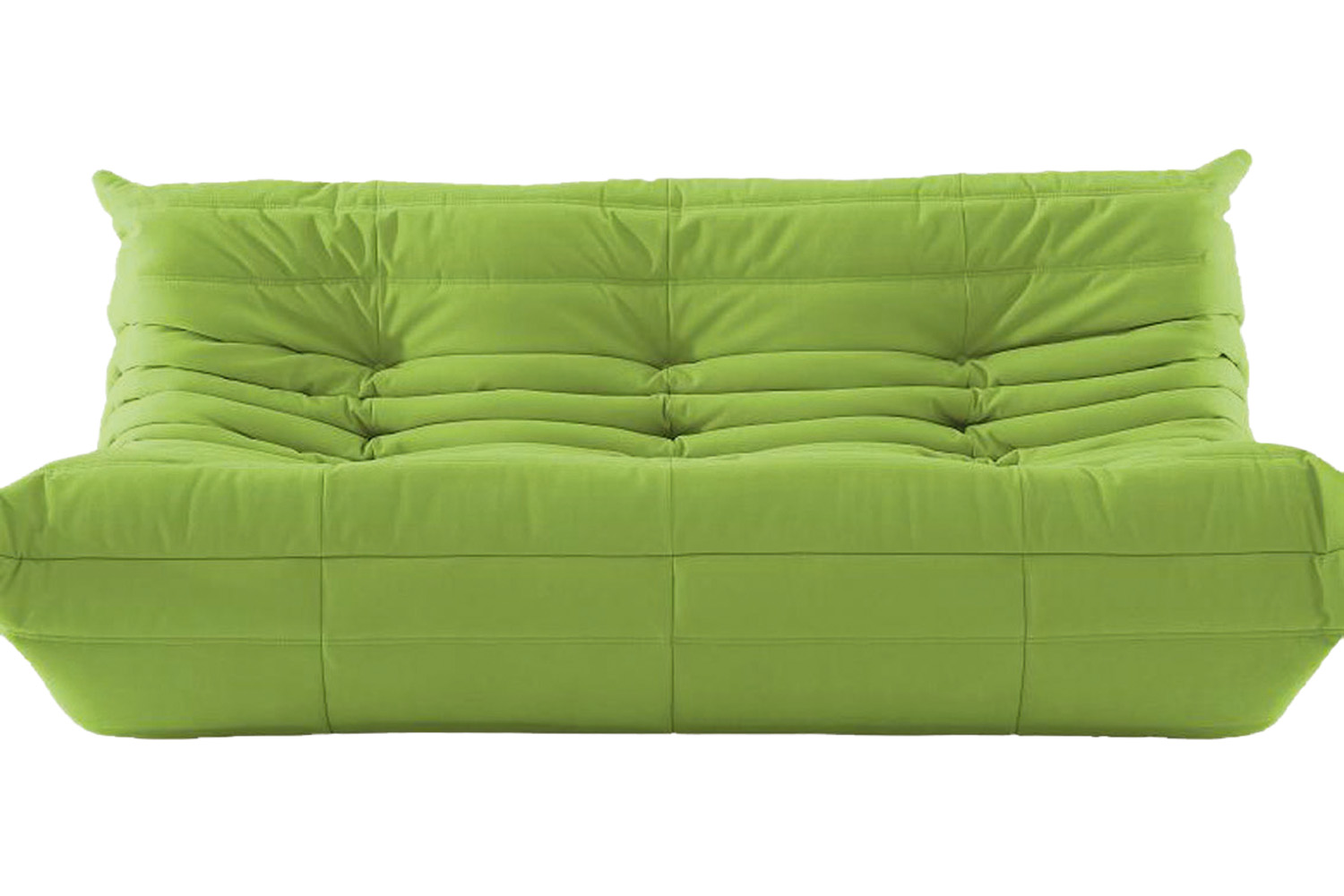
Story: Catherine Stewart
Where once a six-foot old paling fence was the standard dividing line between you and your neighbours, today’s garden makers are finding new ways to define, enhance or disguise their boundaries.
The legalities
Fences can be a problem between neighbours, so check the dividing fences legislation in your state and talk with the neighbouring property owner first about fence length, height, materials, which side any posts or rails will be and the exact location of the boundary.
Your local council will also have rules, including restrictions on heights and types of materials, such as no softwoods (pine) or brushwood in fire-prone areas. Some housing developments will also have strict covenants on allowed fencing types.
Fence types
Besides appearance and your neighbours’ preferences, you need to consider factors to do with your site, such as steep slopes and difficult access, conserving the heritage values of an older home, fire risks, wind loading, traffic noise and maintaining views and breezeways.
Privacy and noise
You’ll need a solid fence to keep out prying eyes and traffic noise, though you may also exclude cooling breezes. Brick and block walls are as solid as they get but, as they need a strip footing, are expensive and difficult to build over steep and rocky ground and are prone to cracking on reactive clay soils.
Concrete or fibre-cement/polystyrene sandwich panels dropped between fixed posts need only post footings and can be moulded or coated to make them look like timber or stone. Steel panel fences are low maintenance and can help as a fire barrier but tend to radiate heat and worsen traffic noise.
Unfortunately, especially on corner blocks, smooth, solid fences can suffer graffiti attack, so consider graffiti-proof PVC fencing panels that also provide noise reduction. Some panel-type fences may not be suitable in high wind zones and particularly in cyclone areas.
Brushwood and bamboo fencing makes a quick, lightweight fence for privacy, though not in bushfire areas or for corner blocks where vandalism might be a problem.
Timber, as either fashionable slats or old-style palings, makes an excellent but higher-maintenance fence, giving privacy but allowing some breeze through.
Safety and views
If your side boundary fence is to double as a pool isolation fence, it must comply with the pool fencing code and you need your neighbour’s written agreement, as they must co-operate in making sure the fence stays compliant.
Metal pool-type fences in dark colours allow good views through, especially those with tensioned stainless-steel cable. Some are made to adjust for sloping ground, avoiding lots of stepped panels, or can be curved to avoid tree trunks and other obstacles.
Glass fences are great for views except in areas with salt-laden winds.
Retaining fences
Over the years, soil can build up 20-30cm on the uphill side of a fence, so when it needs replacing, you’re faced with a retaining wall problem. Some steel and vinyl panel fences with slightly stronger posts are designed to retain up to 500mm of soil without rotting.
Whatever option you choose, remember to check with council first, match the look and materials of the fencing to your home and go for quality.





